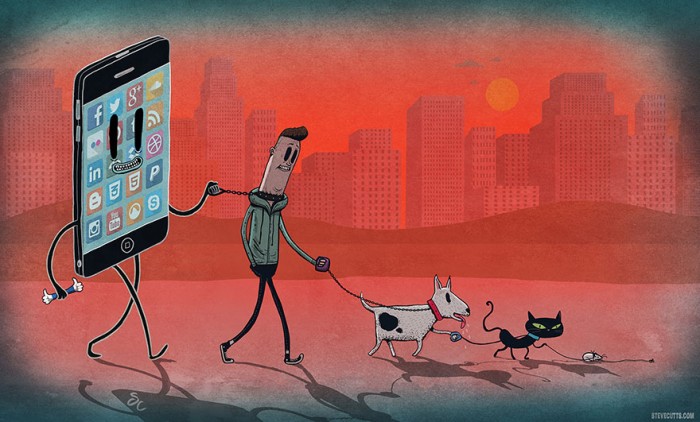As part of the UK’s new Online Safety Act, websites hosting adult content now need to verify users’ ages before granting access. It’s a move designed to protect children from stumbling into inappropriate material — and on paper, it’s a smart step forward.
👀 How Do These Age Checks Work?
To prove you’re over 18, you might be asked to:
- Upload ID (like a passport or driving licence)
- Use a credit card
- Scan your face or fingerprints
- Go through a third-party age-checking service
It’s like showing ID at the door — but online.

🔐 What About Your Privacy?
Here’s the catch: these systems collect sensitive personal data, and not all of them look trustworthy. Risks include:
- Data breaches
- Identity theft
- Misuse of biometric info (like facial scans)
Some of the apps and websites handling these checks feel rushed or poorly built — which raises serious questions about how securely your data is stored.
⚖️ The Bigger Picture
- For kids: It’s a positive step toward safer online spaces.
- For adults: It can feel intrusive and clunky.
- For websites: Smaller platforms may struggle to keep up with the costs and tech demands.
✅ Our Take: Good Idea, Shaky Execution
We support the goal — protecting children online is essential. But the current rollout feels messy. Many of the tools used for age verification look shoddy and don’t inspire confidence when it comes to data protection.
If this system is going to work long-term, it needs:
- Stronger privacy safeguards
- Clearer accountability
- Better-designed apps that feel safe and easy to use
Until then, users should stay cautious and think twice before handing over personal info to unfamiliar platforms.











